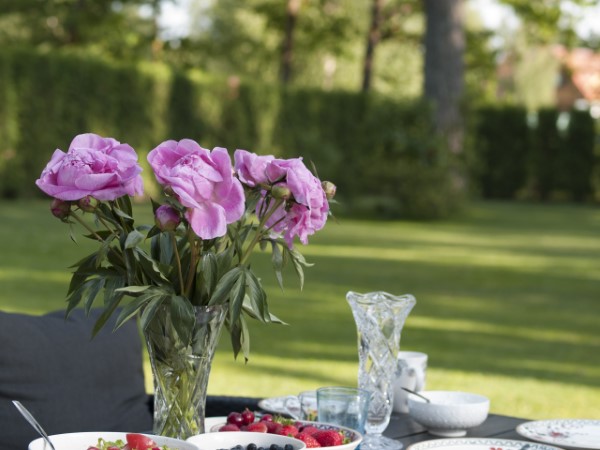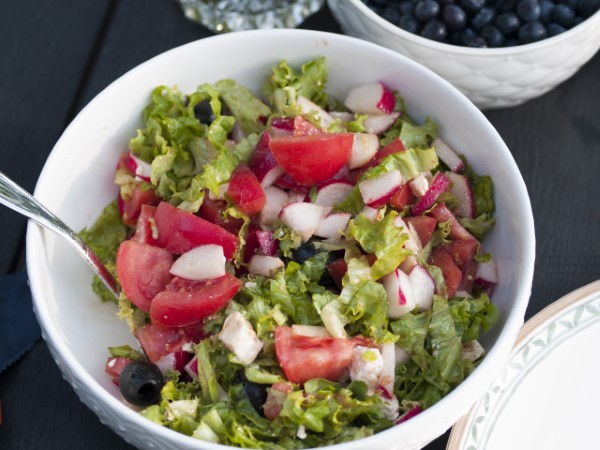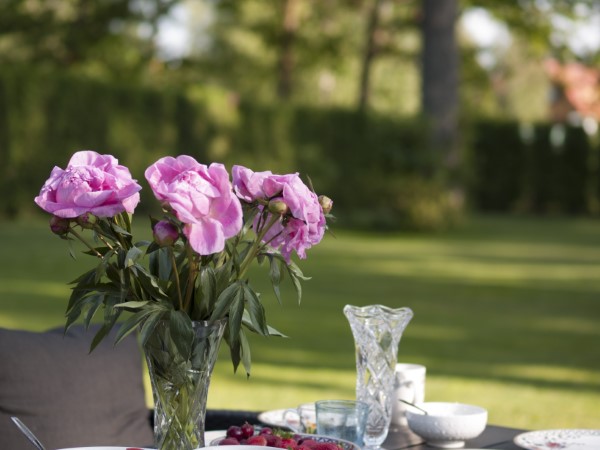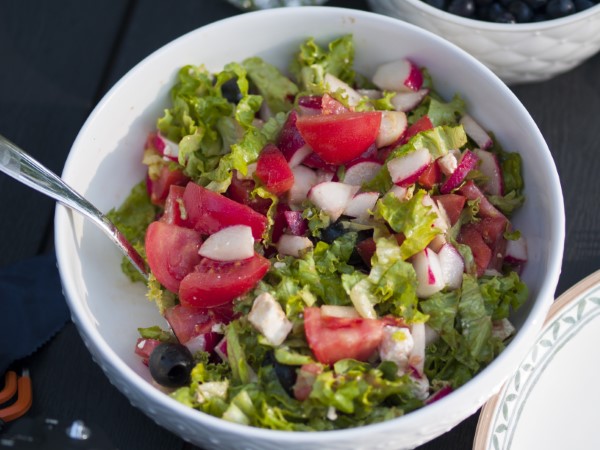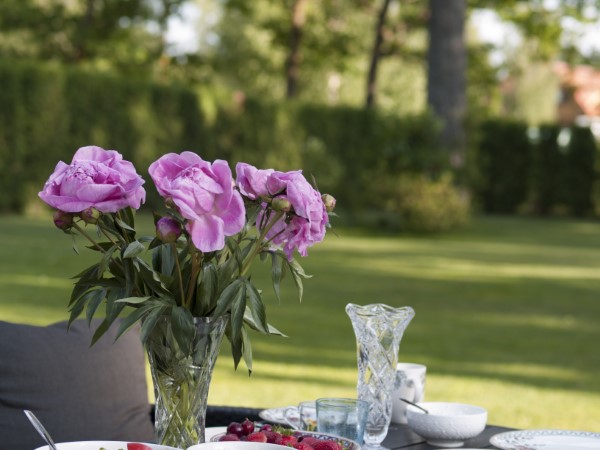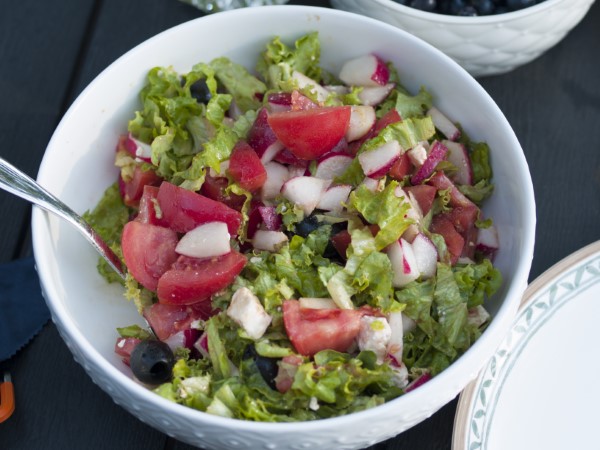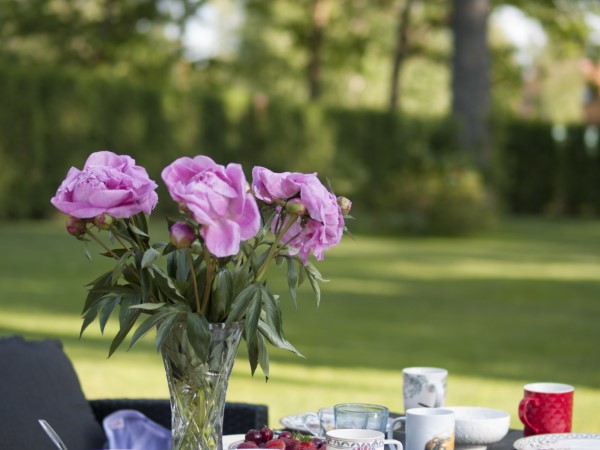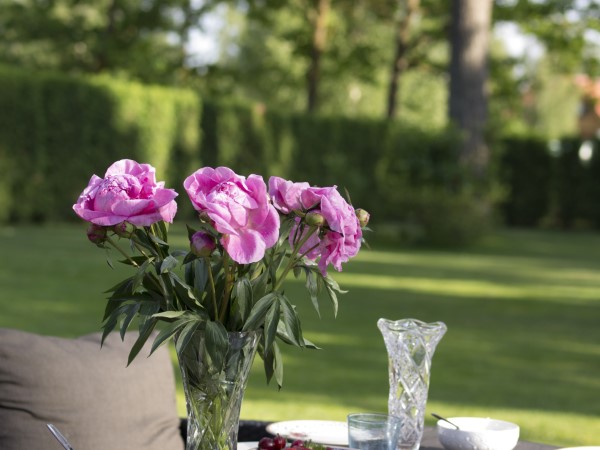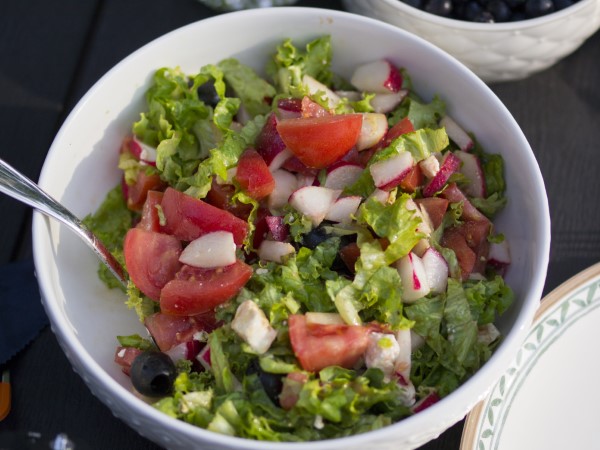CCD Comparison
Olympus relased 4 CCD sensor cameras, in this order:
Olympus E-1
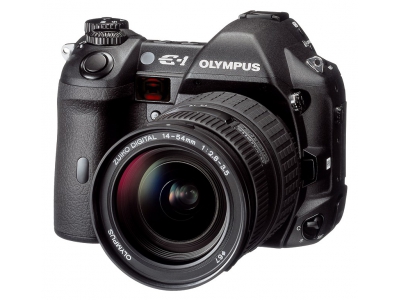
Four Third's first camera, and the first interchangable lens digital camera from Olympus, the E-1 started it all.
If you are looking to try out a "digital antique", this is your camera.
It has a beautiful, large viewfinder. The camera itself has excellent ergonomics. All the buttons are where they need to be.
It focuses well.
The back screen exists more to make sure you have taken a picture, than to review the picture. Selecting camera settings through the menu is not as easy as through the later cameras. Write speeds are terrible, despite the 5MP pictures. Keep in mind 5MP is not going to cover a 4K screen, so if you view photos on a 4K screen, you are going to see a square picture in the center.
People claim it has great OOC JPEG colors. The camera does tend to use warmer white balance than the E-500 or E-400, however, after equalizing white balance, I don't see any real difference from the other cameras.
Olympus E-1 + 50mm f/2 @ f/2.8
Olympus E-1 + 50mm f/2 @ f/2.8
Olympus E-300
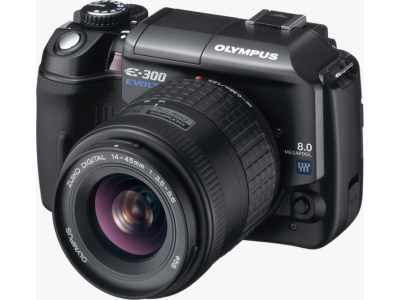
Four Third's second camera features a Porro prism, with the viewfinder located - slightly - at the left side of the camera. If you look at pictures of the camera, it may look like its design is very rangefinder-ish, but if you put it right next to (or rather on top of) an E-500, you'll see that the viewfinder is offset to the left only by about 15mm or half an inch. Its not clear what we gain by this, which is probably why nobody used Porro prisms in DSLRs.
The camera itself is pretty chunky, and lacks the ergonomics, manual dials or the large viewfinder of the E-1.
That said, it does offer more resolution, a slightly larger screen, better write speeds.
If you want to try out a digital antique, this is another option to the E-1 that I wouldn't turn down.
Olympus E-300 + 50mm f/2 @ f/2.8
Olympus E-300 + 50mm f/2 @ f/2.8
Olympus E-500
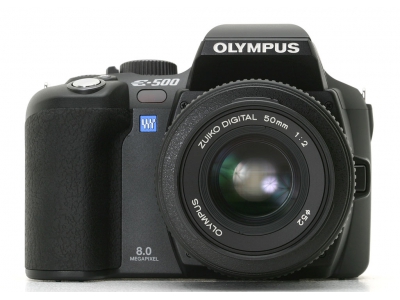
The E-500 was the third Four Thirds camera, and it came out over 2 years after the original E-1. Thus it contains several updates.
Using the E-500 is much more like using one of the newer generation cameras. When you power it up, it shows the familiar and intuitive super control panel, from where you can access all the important settings. Autofocus, buffer and write speeds feel much closer to the later cameras like the E-450 and E-620 than to the older E-1 or E-300.
While the camera itself is smaller than the E-300, it has a proper DSLR grip and is easy to handle even with larger lenses, like the 50-200mm SWD.
The viewfinder is more tunnel like than the E-300, and much more than the E-1.
If you like shooting in A/S/M modes, the exposure compensation dial next to the shutter makes it very easy to switch between aperture / shutter speed and exposure compensation.
Since the E-400 was only released in Europe, and it lacks a proper grip, I would say this is the best CCD sensor Four Thirds camera, from a purely image quality / resolution / usability viewpoint.
Olympus E-500 + 50mm f/2 @ f/2.8
Olympus E-500 + 50mm f/2 @ f/2.8
Olympus E-400
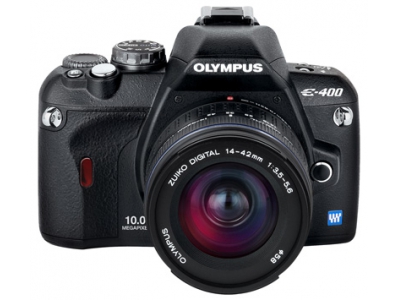
The E-400 was introduced a year after the E-500 when Olympus already had access to CMOS sensor that offers live view. It was only released in Europe, apparently to 'test the waters' on how a super small DSLR variant would be received.
The E-400 is not only the smallest of all CCD sensor cameras, it was actually the smallest DSLR in the world when it was released.
Despite that, it sports a 10MP sensor, which is the largest resolution you are going to see in a 4/3 CCD sensor.
Like the E-500, it has the super control panel when you power it up, and it feels quite modern in use.
Do not underestimate just how small this camera is. Even with medium size lenses, like the 12-60mm, the grip feels inadequate and the whole setup out of balance.
Olympus E-400 + 50mm f/2 @ f/2.0
Olympus E-400 + 50mm f/2 @ f/2.0
versus the Olympus E-5
The Olympus E-5 is the last and best 4/3 camera that was released.
Here are the same 2 shots using it, with equalized white balance.
Do note that the sun changed during the shoot, so the pictures are not 100% 1:1. But I think that we can definitely see that there is difference here on how to color information is processed.
Olympus E-5 + 50mm f/2 @ f/2.0
Olympus E-5 + 50mm f/2 @ f/2.0
Eddie's take on it
If I want to try out a digital antique, I'd go for the E-1.
If price/availability of the E-1 is not there, go for the E-300.
If I want to use a CCD camera extensively in the field, I'd take the E-500.
If I want to use only small lenses and want the smallest possible camera, I'd go for the E-400.
This is purely from a usability standpoint. As far as image quality goes, if you are only displaying images web size, it is going to be hard to find differences between these cameras.

